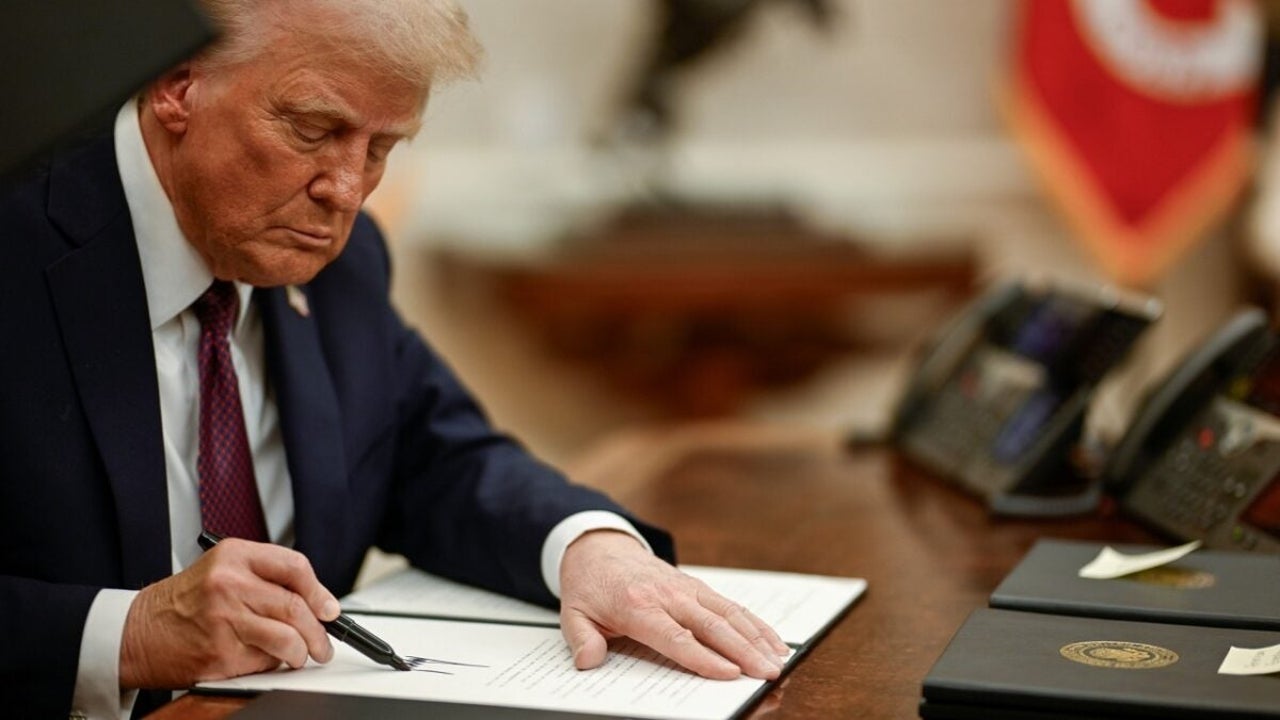Trump Issues Executive Orders to Modify Tariffs on Automakers
In a strategic move, Trump signed executive orders to modify tariffs on U.S. automakers, aiming to ease financial pressures ahead of a Michigan rally

- May 3, 2025
- Updated: July 1, 2025 at 9:44 PM

In a surprising move, President Donald Trump signed two executive orders today aimed at modifying the tariffs imposed on U.S. automakers during his administration.
This decision, made ahead of a rally in Michigan marking his first 100 days in office, seeks to alleviate some of the financial pressure on American automotive manufacturers by preventing the stacking of existing tariffs on foreign-made vehicles and certain auto parts.
The newly signed orders clarify that the 25% tariffs on vehicles and selected auto parts will not accumulate with additional duties that were already in place, including those on aluminum and steel sourced from Canada and Mexico.
New Auto Tariff Adjustments Raise Concerns Over Future Price Increases
In an effort to further mitigate the financial impact, Trump also announced credits for automakers, designed to ease the burden of the 25% duties on imported components used in U.S.-manufactured cars.
The response from industry leaders has been cautiously optimistic. Executives from major automakers like GM, Toyota, and Volkswagen lauded the administration’s clarification, noting the importance of avoiding layered tariffs on the same vehicle parts. However, they remain wary, as economists predict that the base tariffs will inevitably lead to higher automobile prices and a slowdown in sales over time.
Critics are quick to point out that while this backpedal offers some relief, it does not create the kind of substantial incentives seen under President Biden’s Inflation Reduction Act. The current administration’s approach has led to concerns about uncertainty within the U.S. economy, and many industry stakeholders question whether these adjustments are sufficient to foster growth and innovation in the automotive sector.
As the automotive industry grapples with these new developments, the contrasting styles of the two administrations highlight the ongoing struggle to balance tariff policies and economic stability in a demanding global market.
Latest from Agencias
- Borderlands 4 was not what players expected and Gearbox is trying to make it up to them
- Identity management as a key to protecting data in the cloud
- Camp Rock 3 is already a reality, and it will bring together the Jonas brothers but will have a significant absence in its cast
- Jessica Chastain and Ben Stiller together as stars and producers in the new Apple TV+ series
You may also like
 Article
ArticleAI Auto-Cut Deep Dive: Transform Long Videos into Engaging Shorts with Premiere Pro
Read more
 News
NewsBorderlands 4 was not what players expected and Gearbox is trying to make it up to them
Read more
 News
NewsIdentity management as a key to protecting data in the cloud
Read more
 News
NewsCamp Rock 3 is already a reality, and it will bring together the Jonas brothers but will have a significant absence in its cast
Read more
 News
NewsJessica Chastain and Ben Stiller together as stars and producers in the new Apple TV+ series
Read more
 News
NewsThe Muppets will return next year in a special show with Sabrina Carpenter
Read more